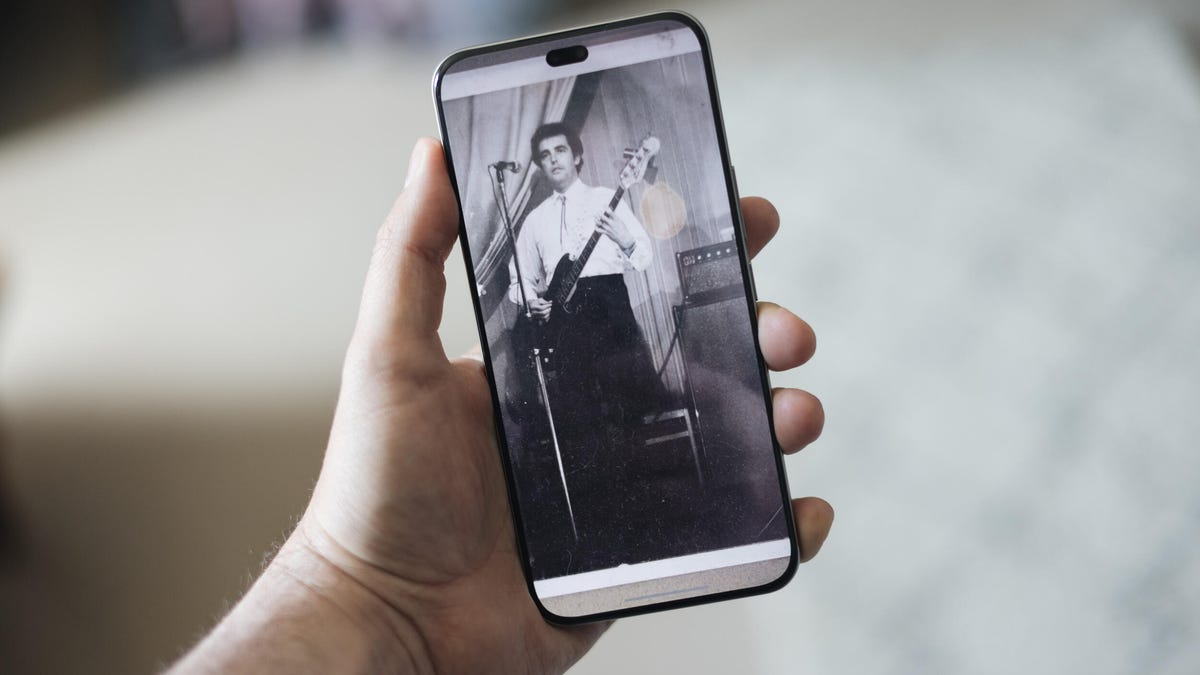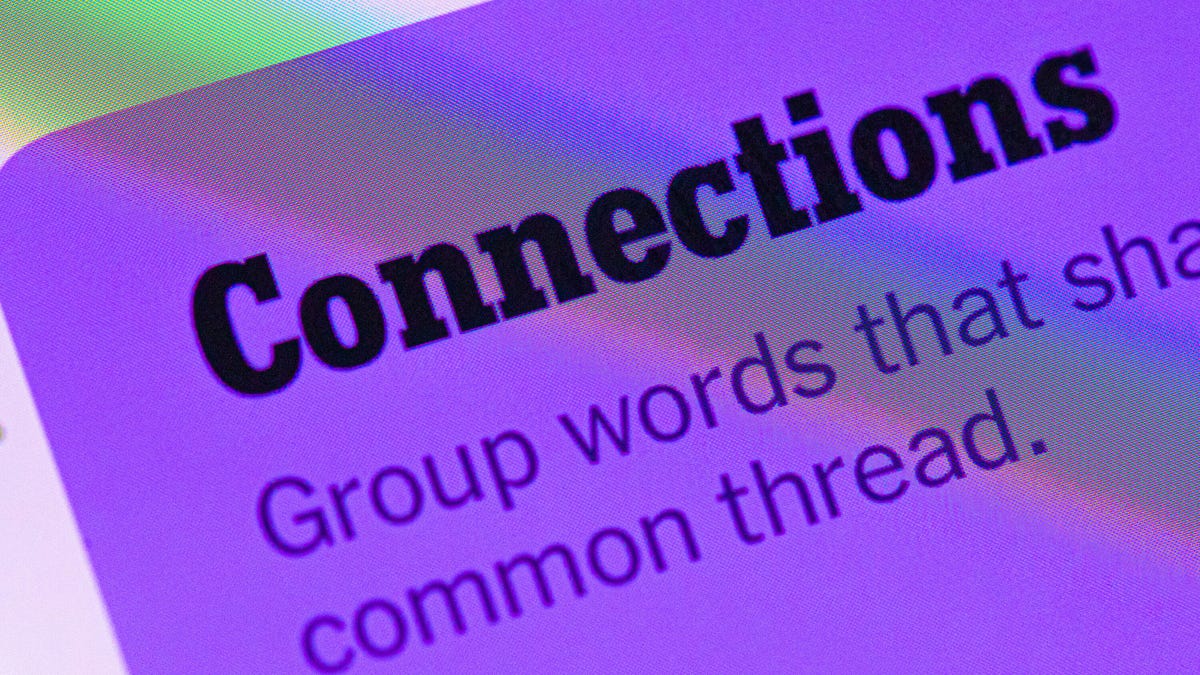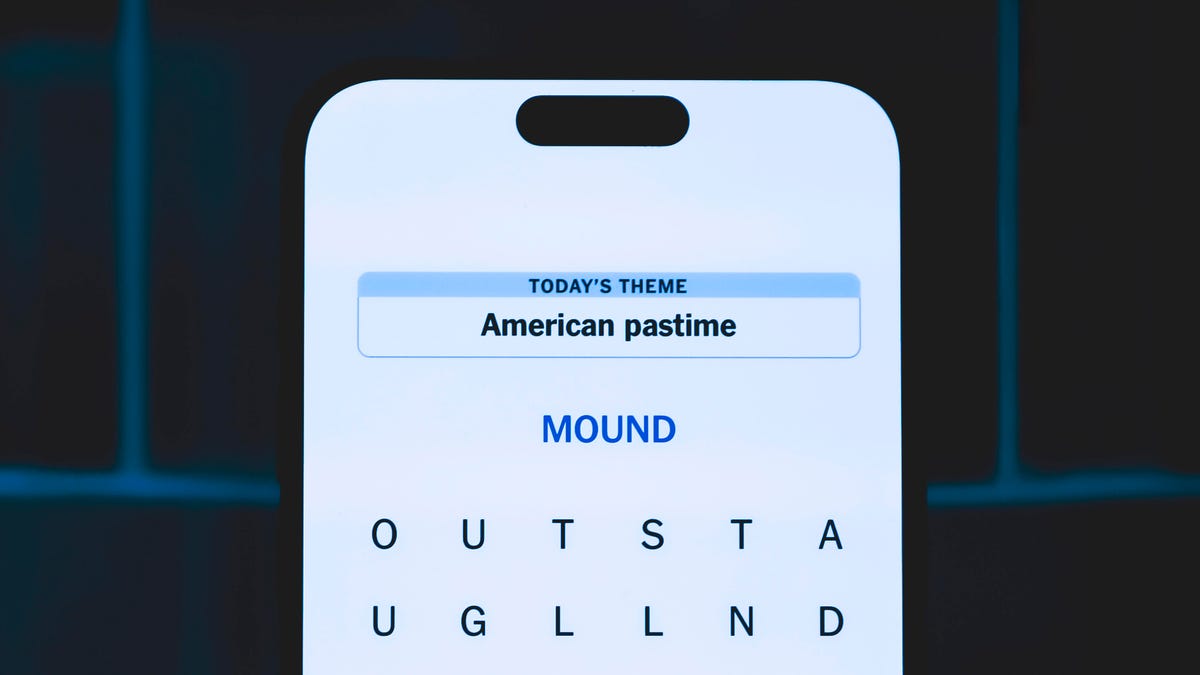Technologies
This Phone Brought My Dad Back to Life and I Don’t Know How to Feel
I’ve never seen my dad perform with his band, but AI changed that for me.

My dad died just after my fourth birthday in 1992. Being so young, I have few memories of him and my family has only a small handful of home movie clips, filmed in the brief window before he died. But I do have a selection of still pictures and in my testing of a new phone, I found I was able to bring him to life using AI.
Honestly? I really don’t know how to feel about it.
The phone is the new Honor 400 Pro and while it’s broadly a decent handset, it packs a tool that uses AI (powered by Google’s VEO-2 model) to turn any image into a 5-second video. I was skeptical when I read the press release about it (as I usually am), but I found it genuinely fascinating to use. Here’s how it works.
You open the tool within the gallery app, choose your source image from any picture you have in your camera roll and hit go. It takes about a minute to analyze the image but then that picture suddenly springs to life, like a magical picture from the world of Harry Potter. Don’t like the result? Simply tell it to generate again and you’ll get a slightly different outcome.
I’ve tried it on various images with mixed results. Sometimes it’s pretty low-key (an image of someone reading a book simply resulted in them turning a page), while other times it goes weirdly hard. I loaded in a picture of a family of sheep on a Scottish island that I shot on Kodak Gold film (seen just below). In the moving AI version, there was suddenly a flood of sheep pouring through the frame before the camera angle cuts to an aerial view of a whole flock running across a meadow. I think that’s what the kids call «extra.» Ditto when I ran it on a picture of my cat and it threw in bizarre-looking titles for some baffling reason (seen further down).
But then I went another way. I’ve had my dad’s photo on my shelf for decades. It shows him onstage playing bass in his band. It’s an image I love for many reasons, but chiefly because I’m a musician myself and I’ve always liked that we’ve had that in common. But that one picture is all I’ve seen of him performing. I certainly never went to a show and I don’t believe any video footage of him playing exists. Until now, that is.
I fed the image into the app and with a certain sense of trepidation hit go. I waited for it to process and then suddenly there he was: My dad, moving around, jamming on his bass, visibly getting into the spirit of the performance. It transformed this small black and white picture I’ve treasured for so long into something more. Something alive. It actually made me quite emotional.
But then another part of my brain spoke up. This isn’t my dad. It’s not him moving and vibing with the music. Not really. It’s what Google’s algorithm imagines he’d do. In many ways it’s like he’s a marionette being grotesquely controlled by some invisible puppeteer, trying to give the impression of lifelike movement.
I ran it a few more times to see what options it would give but each one was basically a minor variation on him swaying and bopping while playing the bass. To be fair, the AI did a great job here. It looks realistic, with the shadows moving just right, the microphone staying in place and his hands actually looking like they’re specifically playing a bass guitar. It’s also still in black and white, with the film grain and various signs of aging to the image still present.
I think that made all the difference to me as it really did give me the impression of what he might have looked like on stage. I didn’t have to squint to ignore any strange errors or random other elements the AI could have thrown in. Every time it produced a gentle clip of my dad playing his music.
So I remain split in how I feel. On the one hand it’s kind of gross in how it puppets a deceased loved one like this, based solely on Google’s «best guess» of what would happen. I showed it to my brother who seemed to have much the same stance as me: «I’m not sure I like it, but I also don’t think I dislike it. It’s kind of spooky.»
On the other hand it’s injected life into a picture that I’ve treasured for decades and given me a glimpse into what my dad might have been like onstage. And I liked seeing that, even if it’s not exactly real.
It’s definitely not a perfect solution for me, and if I want to really remember him I’d rather turn to our actual home movies than AI-created imagery. But maybe AI tools like these will eventually bring real comfort to the many people in this world with passed loved ones, who right now only have a handful of static images to hold on to.
And I’d like to think that, for all AI’s faults, maybe this is one way it can do some good.
Technologies
Meta Wins Antitrust Case, Won’t Have to Give Up WhatsApp or Instagram
The FTC claimed Meta held an illegal monopoly in social networking.

Meta has won its antitrust case against the Federal Trade Commission. The FTC said Meta held an illegal monopoly in social networking — centering on the company’s acquisitions of WhatsApp and Instagram.
Judge James Boasberg of the US District Court for the District of Columbia released a memorandum opinion on Tuesday, stating that the FTC failed to prove its claims in court.
Don’t miss any of our unbiased tech content and lab-based reviews. Add CNET as a preferred Google source.
«Whether or not Meta enjoyed monopoly power in the past,» Boasberg wrote in the filing, «the agency must show that it continues to hold such power now.»
Boasberg initially dismissed the FTC’s complaint in 2021, stating that the agency lacked sufficient evidence that Meta holds «market power» in the social networking industry. At the time, the FTC argued that «Facebook’s course of conduct has eliminated nascent rivals,» preventing «the benefits of competition, including increased choice, quality and innovation» from developing for US social media users.
After the FTC amended its filing with information about Meta’s user numbers and acquisitions of the WhatsApp and Instagram applications, Boasberg allowed the case to proceed in 2022.
The trial began in April, and multiple high-ranking current and former Meta executives testified before the court — chief among them, Meta CEO Mark Zuckerberg. Much of Zuckerberg’s testimony focused on refuting the FTC’s primary claim, which hinged on an argument Zuckerberg made in 2008: «It is better to buy than compete.»
Meta’s win means the company will be able to continue operating WhatsApp and Instagram unimpeded. Had the FTC proven its claims in court, Meta likely would have had to break these applications off into their own separate social networking companies.
Meta released a public statement on Tuesday, stating that the decision «recognizes that Meta faces fierce competition» in the social networking industry.
«Our products are beneficial for people and businesses and exemplify American innovation and economic growth,» the statement read. «We look forward to continuing to partner with the Administration and to invest in America.»
FTC Director of Public Affairs Joe Simonson said the agency is «deeply disappointed» with the outcome of the case.
«The deck was always stacked against us with Judge Boasberg, who is currently facing articles of impeachment,» he said. «We are reviewing all our options.»
Republican lawmakers have tried multiple times to impeach Boasberg, a frequent political target of the Trump administration.
While Meta’s antitrust case may be over, it didn’t take place in a vacuum. Google recently settled a case with the FTC that resulted in the search giant being told it must share limited search and user-interaction data with «qualified competitors.» Another case targeting Google’s AI overview feature is ongoing in the European Union, as a group of publishers claims the company is causing harm due to a loss of traffic, readership, and revenue.
Technologies
Today’s NYT Connections Hints, Answers and Help for Nov. 19, #892
Here are some hints and the answers for the NYT Connections puzzle for Nov. 19, #892

Looking for the most recent Connections answers? Click here for today’s Connections hints, as well as our daily answers and hints for The New York Times Mini Crossword, Wordle, Connections: Sports Edition and Strands puzzles.
Today’s NYT Connections puzzle has one of those classic purple categories, where four words have hidden connected words inside them. If you need help sorting them into groups, you’re in the right place. Read on for clues and today’s Connections answers.
The Times now has a Connections Bot, like the one for Wordle. Go there after you play to receive a numeric score and to have the program analyze your answers. Players who are registered with the Times Games section can now nerd out by following their progress, including the number of puzzles completed, win rate, number of times they nabbed a perfect score and their win streak.
Read more: Hints, Tips and Strategies to Help You Win at NYT Connections Every Time
Hints for today’s Connections groups
Here are four hints for the groupings in today’s Connections puzzle, ranked from the easiest yellow group to the tough (and sometimes bizarre) purple group.
Yellow group hint: Not petite.
Green group hint: You learn this in driver’s ed.
Blue group hint: Nevermore!
Purple group hint: Look for hidden words having to do with the body.
Answers for today’s Connections groups
Yellow group: Stocky.
Green group: Steer.
Blue group: Second words in Poe stories, after «The.»
Purple group: Organ plus a letter.
Read more: Wordle Cheat Sheet: Here Are the Most Popular Letters Used in English Words
What are today’s Connections answers?
The yellow words in today’s Connections
The theme is stocky. The four answers are husky, solid, squat and thick.
The green words in today’s Connections
The theme is steer. The four answers are direct, guide, lead and shepherd.
The blue words in today’s Connections
The theme is second words in Poe stories, after «The.» The four answers are cask, fall, masque and pit.
The purple words in today’s Connections
The theme is organ plus a letter. The four answers are colony (colon), hearth (heart), lunge (lung) and skink (skin).
Technologies
Today’s NYT Strands Hints, Answers and Help for Nov. 19 #626
Here are hints and answers for the NYT Strands puzzle for Nov. 19, No. 626.

Looking for the most recent Strands answer? Click here for our daily Strands hints, as well as our daily answers and hints for The New York Times Mini Crossword, Wordle, Connections and Connections: Sports Edition puzzles.
Today’s NYT Strands puzzle is easier than most days. It helps if you know world religions. Some of the answers are difficult to unscramble, so if you need hints and answers, read on.
I delve into the rules for Strands in this story.
If you’re looking for today’s Wordle, Connections and Mini Crossword answers, you can visit CNET’s NYT puzzle hints page.
Read more: NYT Connections Turns 1: These Are the 5 Toughest Puzzles So Far
Hint for today’s Strands puzzle
Today’s Strands theme is: Divinely inspired.
If that doesn’t help you, here’s a clue: Different beliefs.
Clue words to unlock in-game hints
Your goal is to find hidden words that fit the puzzle’s theme. If you’re stuck, find any words you can. Every time you find three words of four letters or more, Strands will reveal one of the theme words. These are the words I used to get those hints, but any words of four or more letters that you find will work:
- BRIM, BEAR, PEST, RIGS, ROPE, GRIP, GRIPE, GOES, GUILE, MAIM, GRAD
Answers for today’s Strands puzzle
These are the answers that tie into the theme. The goal of the puzzle is to find them all, including the spangram, a theme word that reaches from one side of the puzzle to the other. When you have all of them (I originally thought there were always eight but learned that the number can vary), every letter on the board will be used. Here are the nonspangram answers:
- IMAM, RABBI, PRIEST, MONK, BUDDHA, PROPHET
Today’s Strands spangram
Today’s Strands spangram is RELIGIOUSFIGURES. To find it, start with the R that’s three letters to the right on the bottom row, and wind up.
-

 Technologies3 года ago
Technologies3 года agoTech Companies Need to Be Held Accountable for Security, Experts Say
-

 Technologies3 года ago
Technologies3 года agoBest Handheld Game Console in 2023
-

 Technologies3 года ago
Technologies3 года agoTighten Up Your VR Game With the Best Head Straps for Quest 2
-

 Technologies4 года ago
Technologies4 года agoBlack Friday 2021: The best deals on TVs, headphones, kitchenware, and more
-

 Technologies4 года ago
Technologies4 года agoVerum, Wickr and Threema: next generation secured messengers
-

 Technologies4 года ago
Technologies4 года agoGoogle to require vaccinations as Silicon Valley rethinks return-to-office policies
-

 Technologies4 года ago
Technologies4 года agoOlivia Harlan Dekker for Verum Messenger
-

 Technologies4 года ago
Technologies4 года agoiPhone 13 event: How to watch Apple’s big announcement tomorrow
